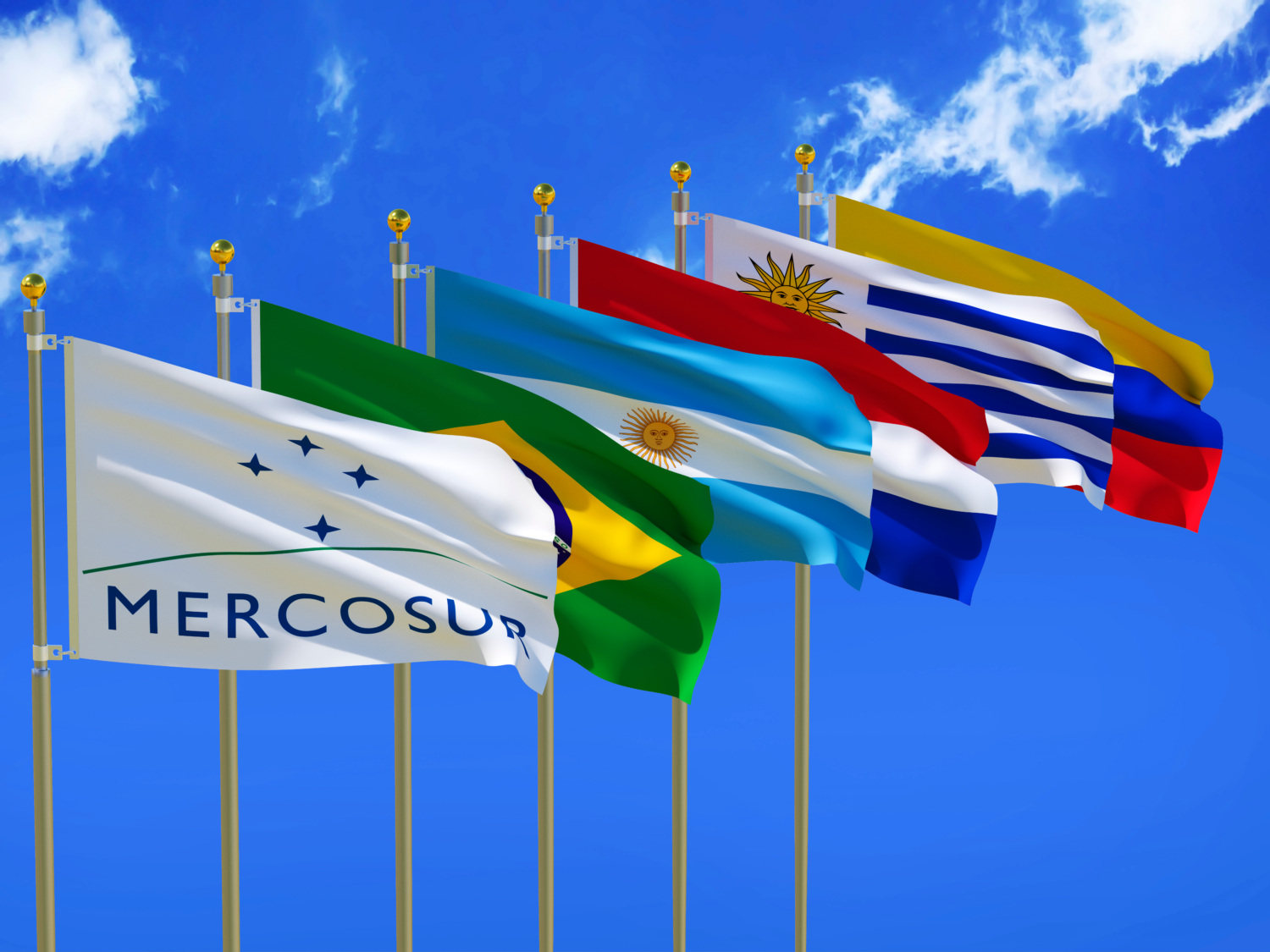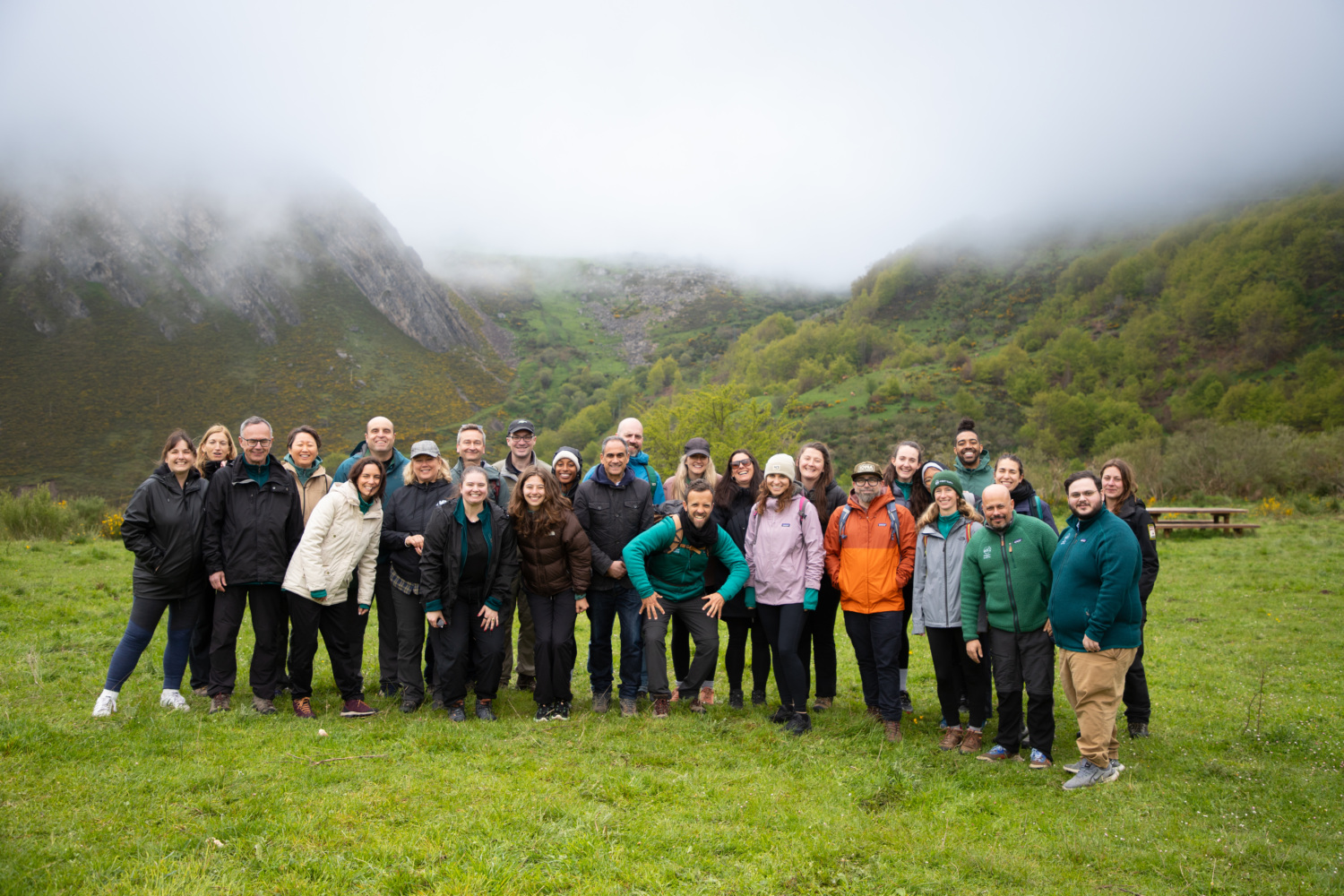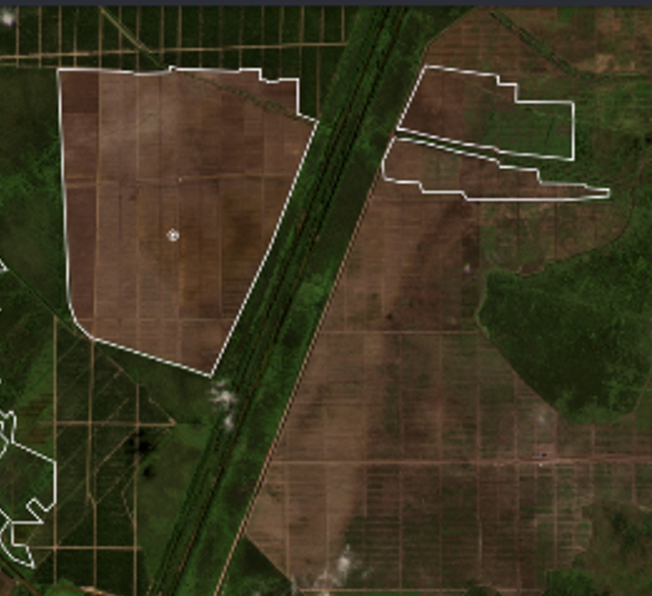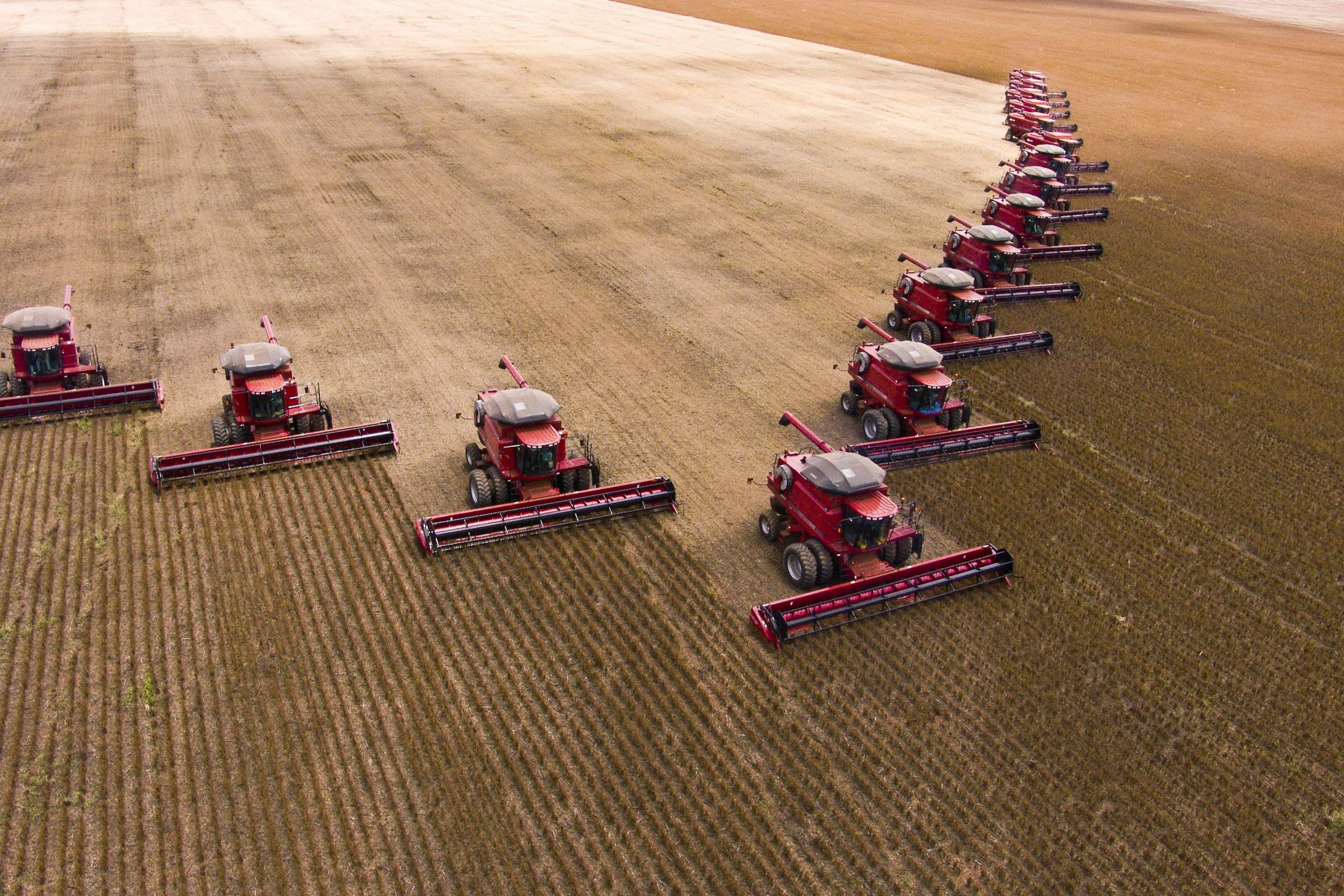
World Food Day: Cheap Meat Isn’t Cheap
Our friends at Compassion in World Farming (CIWF) have just launched a new report demonstrating the inefficiency — and impact on land use, water and nature — of growing soy and maize to feed animals in intensive livestock farming. Some key findings from the report:
- Globally, 77% of soy production is used as animal feed, making it a key driver of deforestation.
- Around 45% of global arable land is used to grow crops for animal feed.
- If the use of grain as animal feed was ended, an extra 2 billion people could be fed each year and 175 million hectares of arable land could be freed up – almost the size of Indonesia!
Mighty Earth contributed to the report by drawing on its Rapid Response monitoring work to produce a chapter on soy. Production of this key commodity has doubled over the past decade, reaching 396 million tons in 2024, driven by demand for cheap meat.
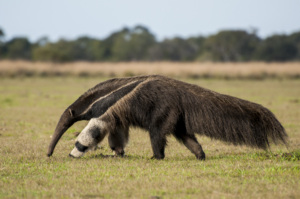
We’ve seen the impact of this expansion in Brazil, where Big Meat’s use of soy as livestock feed is driving deforestation, nature loss, land grabbing and human rights’ abuses in Brazil. Brazil has lost over 20 million hectares of its forest cover to soy expansion over the past three decades. And one of Brazil’s key ecosystems, the Cerrado, has lost half its vegetation to soy expansion, threatening a future for key species like the giant anteater and maned wolf.

The EU (with Spain and the Netherlands leading) and the UK are key markets for Brazilian soy, making them complicit in the destruction of the Cerrado and the Amazon.
These trends cannot continue. We need to transition to sustainable food systems that protect nature and human rights, while transitioning away from the overproduction and overconsumption of meat to eat more plants.
Isabel Fernandez, Senior Consultant at Mighty Earth said:
“Cheap meat isn’t cheap — it’s destroying lives, forests, and futures. Every year, the EU, with Spain and The Netherlands leading, imports over 30 million tonnes of soy, not to feed people but to fatten animals living miserable lives in factory farms. Brazil is the biggest soy producer in the world, losing 20 million hectares of forest in three decades to make way for soy. Half of the Cerrado savannah, one of the planet’s richest ecosystems, has been destroyed by soy expansion. Indigenous communities are being displaced, endangered species are vanishing, and the relentless demand from the UK, EU and beyond is driving it all. This is the hidden cost of our industrial food system.”
